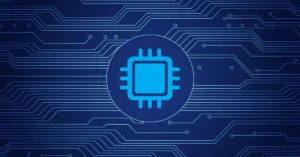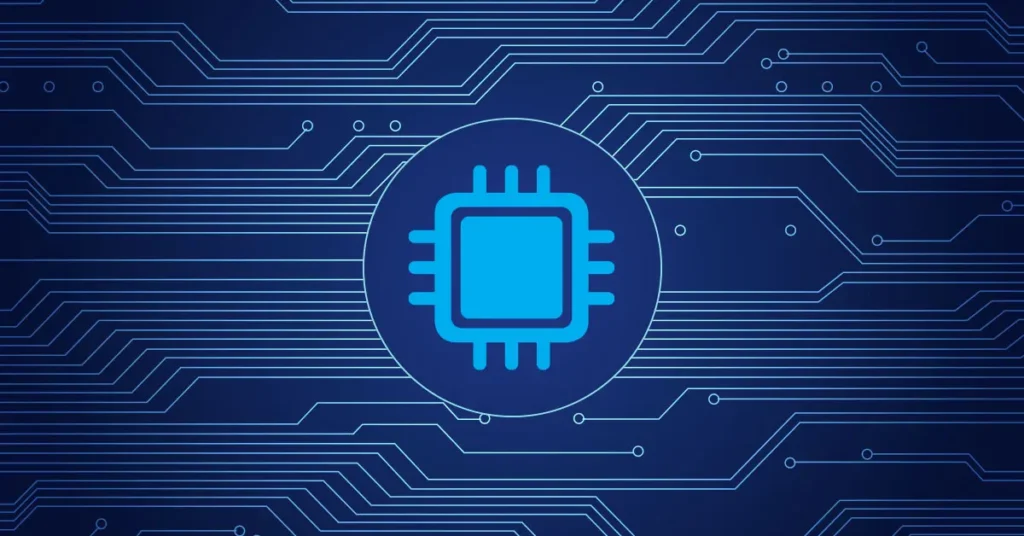Key Takeaways:
- Diversifying recognition methods can boost employee morale.
- Awards and recognition programs reinforce positive behavior.
- Data-driven strategies can measure the impact of recognition programs.
Why Recognition Matters
Recognizing employees is more than just a nice gesture; it’s critical to maintaining a motivated and productive workforce. When employees feel valued, job satisfaction increases, leading to better performance and lower turnover rates. Implementing diverse awards such as crystal awards can make achievements feel more significant, cultivating a workplace environment where excellence is celebrated. According to a study published by Harvard Business Review, companies with effective recognition programs enjoy a 31% lower voluntary turnover rate than those without. This statistic underscores the powerful impact of recognizing and rewarding employees in a way that affirms their contributions and fuels their ongoing engagement.
Types of Recognition
Diverse forms of recognition can cater to the varied preferences of employees. Public recognition, such as Employee of the Month programs, can provide a sense of pride and joy in front of peers. However, some employees might value more private acknowledgments, like a personal note of appreciation from their supervisor. Here are common types of recognition that can be utilized in the workplace:
- Public Recognition (e.g., Employee of the Month)
- Private recognition (e.g., one-on-one praise)
- Monetary Awards (e.g., bonuses, gift cards)
- Non-monetary awards (e.g., gift certificates)
Each type of recognition can be tailored to fit the nature of the achievement and the personality of the Employee, making the acknowledgment more meaningful and effective. For instance, a food enthusiast might greatly appreciate a gift certificate to a popular restaurant. At the same time, a public acknowledgment at a company meeting could inspire those who thrive on public affirmation.
Benefits of Diverse Awards
Using a variety of rewards can address different motivational triggers among employees. Crystal awards, for example, are visually appealing and have a lasting impact on the recipient. The elegance and durability of crystal awards make them cherished keepsakes that symbolize significant achievements and milestones. A unique award like this can make the accomplishment feel exceptional, promoting a culture of continuous improvement and excellence. Furthermore, studies show that non-monetary recognition can sometimes be more impactful than monetary rewards. Such recognition fosters a deeper emotional connection with the company, reinforcing employees’ sense of belonging and loyalty.
Moreover, diverse awards can cater to a team’s unique motivation drivers. While monetary rewards appeal to employees’ financial needs, non-monetary forms of recognition, such as experiential rewards or personalized tokens of appreciation, can resonate more profoundly and create lasting memories. Companies may accommodate the diverse interests of their employees and make sure that every worker feels appreciated in a way that resonates with them by providing a variety of recognition techniques.
How to Implement Recognition Programs
Creating an effective recognition program involves several key steps:
- Identify Objectives:Determine what behaviors or achievements you want to recognize. Pinpoint the specific contributions that align with your company’s values and goals, ensuring the recognition program reinforces the desired outcomes.
- Choose the Right Rewards:Ensure the awards suit the company’s culture and employee preferences. Conduct surveys or have conversations to determine what rewards mean the most to your staff.
- Communicate Clearly:Ensure every employee knows the program’s requirements and operation. Transparency is essential to foster confidence and guarantee that staff members see the recognition program as impartial and fair.
- Collect Feedback:Continue to collect input to improve the program. Regular surveys, suggestion boxes, or casual talks can help. Listening to employee feedback can help improve the program’s efficacy and resonance.
A recognition program incorporating these steps can help foster a more engaged and motivated workforce. Companies can create a recognition culture that drives performance and satisfaction by clearly defining objectives, choosing appropriate rewards, maintaining transparency, and being open to feedback.
Measuring the Impact
Tracking your recognition programs’ effectiveness is essential to ensure they achieve the desired outcomes. Metrics such as employee turnover rates, job satisfaction surveys, and productivity levels can provide valuable insights into the program’s impact. For example, a survey by Gallup found that recognized employees are twice as likely to stay with their company than those who feel undervalued. Other useful metrics include:
- The number of recognition instances per month.
- Employee participation rates in recognition programs.
- Qualitative feedback from employees.
Qualitative feedback can provide more detailed insights into the program’s effectiveness than quantitative statistics alone. Anecdotal data and employee comments can show how recognition programs affect overall job satisfaction, morale, and a sense of belonging. By analyzing both kinds of data, the program can be made more successful and relevant.
Real-Life Examples of Effective Recognition
Looking at actual success stories can provide inspiration and practical insights. For instance, one company used personalized crystal awards to acknowledge top performers, resulting in a 20% increase in productivity. Crystal Awards’ visual and lasting nature made the recognition memorable and meaningful for recipients.
Another organization’s monthly public recognition events significantly improved staff morale. These well-organized events celebrated individual achievements and team successes, fostering a sense of unity and collective accomplishment. The use of diverse recognition methods, from verbal praise to tangible awards, ensured that each Employee felt valued for their unique contributions.
These real-life examples highlight the importance of tailored and consistent recognition efforts. By learning from successful recognition programs, companies can implement strategies that resonate with their workforce and drive continued excellence.
Common Mistakes to Avoid
Avoiding common pitfalls can make a recognition program more successful. One major mistake is the need for more consistency. Inconsistent recognition can lead to perceptions of unfairness and favoritism, undermining the program’s credibility. Establishing clear criteria and applying them uniformly is important to maintain trust and ensure all employees feel equally valued.
Another common issue is focusing only on monetary rewards. While financial incentives are appreciated, there may be more effective forms of recognition. Non-monetary rewards, such as public acknowledgment, personal praise, and unique awards, can have a powerful impact on employee motivation and engagement.
Another mistake to avoid is failing to gather feedback. Regular feedback makes assessing the recognition program’s effectiveness and making necessary adjustments easier. Engaging with employees and soliciting their input can refine the program and enhance its relevance and impact.
Consistency ensures that recognition is perceived as fair, while incorporating diverse awards keeps the program exciting and engaging. By avoiding these common mistakes, companies can create a recognition culture that celebrates and motivates their employees.









